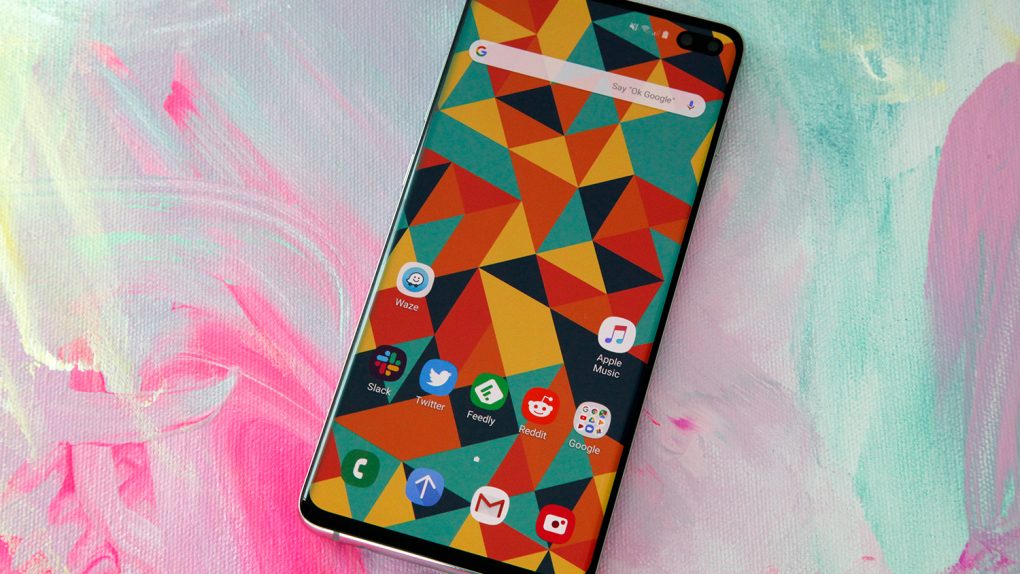Samsung built its mobile success on copying the iPhone in the early years, and whatever Apple does still influences Samsung’s decisions. But if there’s one iPhone trick that Samsung couldn’t replicate successfully so far, that’s recycling last year’s phone design. Apple used to launch a new iPhone design every couple of years, but that trend stopped with the iPhone 6, a design that Apple kept in place for three more years, for the iPhone 6s, 7, and 8 series. The iPhone X design was then used for all 2018 and 2019 devices, and the company is expected to drop a new iPhone design next year. Samsung’s Galaxy S9, meanwhile, was almost a Galaxy S8 replica that sported better specs and camera features. But the phone didn’t sell as well as expected. The Galaxy S10’s hole-punch display turned things around for Samsung. An insider claimed recently that Samsung won’t make any huge changes to the Galaxy S11 next year. However, the phone is still expected to deliver a display feature not available on any other Galaxy model to date.
According to different tweets from Ice Universe, the Galaxy S11 won’t have a waterfall screen like the Mate 30 Pro. Waterfall displays are curved at the edges, just like the screens Samsung introduced many years ago, but those curvatures are more extreme, going almost all the way to the back of the handset. The design minimizes side bezels, and can help handset vendors remove physical buttons from the sides of the phone — Samsung is working on a more daring design that would feature a variation of this screen typology.
The same Ice said recently that the Galaxy S11 hole-punch camera might be placed centrally, like on the Note 10, rather than on the side. The camera opening might be even smaller, however. But, overall, the Galaxy S11 would look a lot like a 2019 Samsung flagship phone.
This brings us to his latest tweet, which references one of the potential Galaxy S11 signature features:
90Hz is 100%, and 120Hz is also very likely.
— Ice universe (@UniverseIce) November 19, 2019
This isn’t the first time the leaker claimed next-gen Samsung phones will ship with higher refresh rate screens. Considering that rivals OnePlus and Google launched non-gaming Android flagships this year with 90Hz display, it makes sense for Samsung to at least match them. After all, Samsung still is the undisputed king of the smartphone OLED market, and it probably wants to make sure its 2020 flagships rock the best possible display tech available. The fact that iPhone 12 is also rumored to ship with a 120Hz screen might be an extra motivation for Samsung.
While it’s unclear whether Samsung will go for 120Hz screens, it sure looks like, in a worst-case scenario, the Galaxy S11 will have a 90Hz display, which is still a notable upgrade over the S10 and Note 10 phones.
Smartphone vendors started making gaming handsets a couple of years ago, and popularized smartphone display with high refresh rates. These gaming devices featured 90Hz or 120Hz screens rather than the 60Hz screens found on regular handsets. But it’s not just games that can benefit from higher refresh rates. The overall smartphone can be improved by a smoother, more responsive display, which explains why OnePlus and Google adopted 90Hz screens this year.








